Some 500 lbs of testosterone and pissed-off muscle and bone busted through the fog and the aspens. I drew my bow. The beast stopped broadside not twenty yards away. Perfect. I moved to settle my sights. There was his head and his rump. But a copse of three aspens covered everything vital. Not perfect. The bull stared at me. And I begged and willed and made unholy promises to God almighty if that bull would just take one fecking step forward.
This was the first daybreak on a five-day guided public land archery hunt. Before this moment, I had been on two elk hunts. Each a weeklong. Each do-it-yourself. Each elkless. And neither had taught me a thing about how to hunt elk. A Western elk hunt costs us what we have: time and money. And, I had just about determined it wasn’t worth either. Enter Adam Gall.
Adam and his wife Anastacia run Dark Timber Outfitters and Timber to Table Guide Service, which focuses on teaching people how to hunt and process elk. That sounds right, so I called him to book a rifle hunt.
“You really need to hunt elk with a bow,” said Adam.
Hunting elk on public land with a bow sounds like an endeavor for someone who doesn’t want an elk steak. But I booked it. And I’m glad I did. Here’s why.
“It’s the intimacy of it,” says Adam, “with the animal and with the landscape.”
The pursuit is quiet. It’s close. Most bow hunters need to be inside 40 yards for an ethical shot. And in getting that close, you learn about the land, the woods, the animals and yourself.
The elk is an icon of the American wilderness. He is a conservation success story. As a traditional American food source an elk can provide more than 200 pounds of meat. The elk outmatches you in the mountains and your pursuit of him will test your body, your mind, your gear, and your grit. And whatever you take home – meat, memories, or both – you will have earned it.
Archery elk seasons in the Rocky Mountain West typically fall in September. And that is a stunning time of year. If you come into an active wallow, bedding area, or trail, you can smell the elk. The bulls are bugling. And with a bow, you’re right in there with them. Watching. Listening. Smelling. Feeling it all. You’re up close with one of the most beautiful animals on the planet, all while the spectacle of breeding plays out.
“And then to get a chance to have a shot at one,” Adam says, “that’s icing on the cake.”
My first elk hunt cost me close to $4,000 dollars, about half of which was gear. I didn’t have to buy gear for the second, but it still cost me at least $2,000 by the time I figured out tags, travel, and so on. And I know of people who have hunted elk for many years in this way and never returned home with meat, and who – I dare say, don’t know much more about the animal than when they started. Hiring a guide is an investment.
All guides are different, but they often provide lodging, food, guide services and expertise. More importantly, bow hunt with a guide and you’ll learn more about elk in one week than you will in years of rifle hunting by yourself.
“What it comes down to,” says Adam, “is the guide is reducing the number of mistakes a hunter can make.”
And oh, the list of mistakes is long when you’re facing a tangle of unknowns and intangibles, especially as a new elk hunter: Where is the elk now? Where will he be? How will he get there? What’s the wind? What are the thermal currents? Where’s the food? The water? The beds? The trails? How will that change? Where are the hot cows he wants? Why? Where should I sit? Should I call? How do I do that? Stand up? Sit down? Draw? Wait? Do the hokey pokey and turn yourself around and go home without ever seeing an elk.
But a good guide knows the elk, knows the land, knows how one behaves on the other and knows what to do about it. The guide, takes on the calculus so the hunter can follow directions and focus on just a few things. Even for an experienced archery elk hunter, it is no small feat to get a shot on an elk.
“When that animal is coming in a lot of things have to come together for it to work out”
And any hunter – experienced or otherwise – will benefit from a guide who can call and pull the elk in close for a shot.
I booked the hunt about 18 months out. The clock was ticking for me to get healthy and fit, to upgrade my bow setup, and to get good with it. When the day came, I had done my part. And the guide did theirs. Mid-week, I passed a cow at 30 yards because I didn’t want to have to stop hunting. Every day, and on every hunt save one, elk were so close that I put tension on my string to draw.
I didn’t bring home elk meat, but I brought home far more. Experience. Knowledge. And the confidence to grab a buddy and chase elk with a bow.
“When you’re standing there with a bow in your hand, and you have a bull screaming at you 10 yards away and you feel, YOU FEEL,” Adam says, “the reverberation through your chest from that bugle, there’s nothing on planet earth that can replicate that feeling.”
And to do it on America’s public land. That is manifesting a promise from President Theodore Roosevelt and other visionaries who preserved our public lands so long ago.



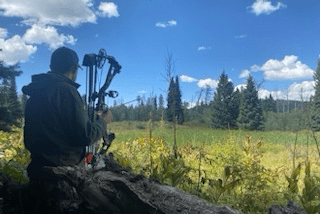






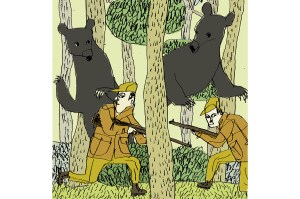

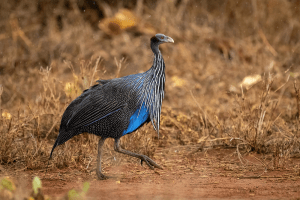
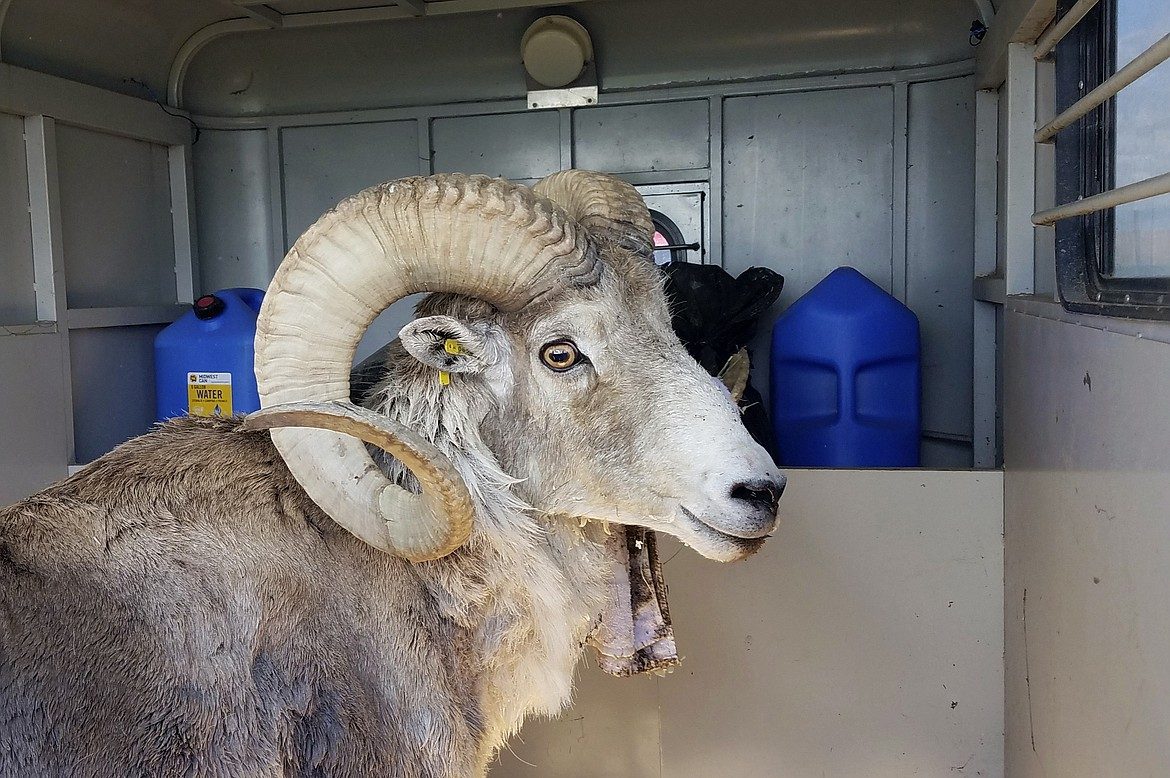
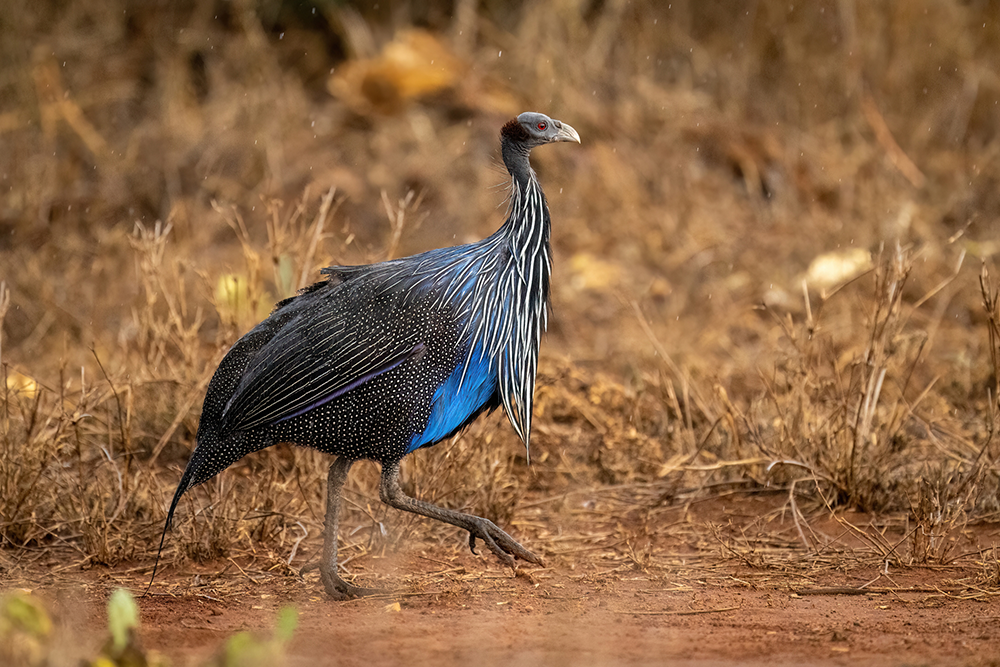
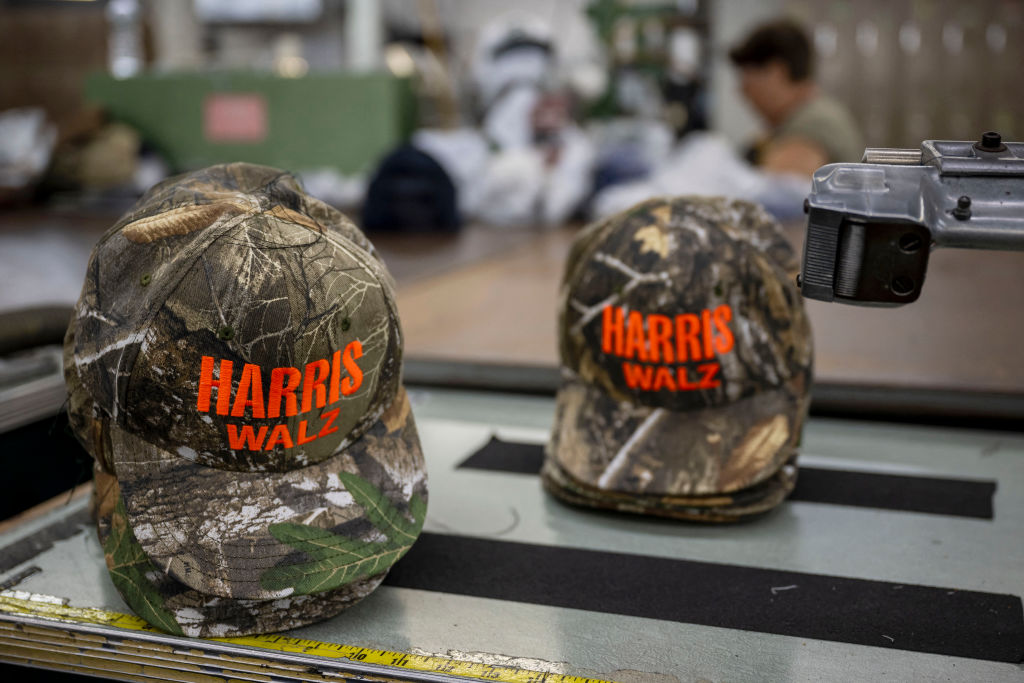
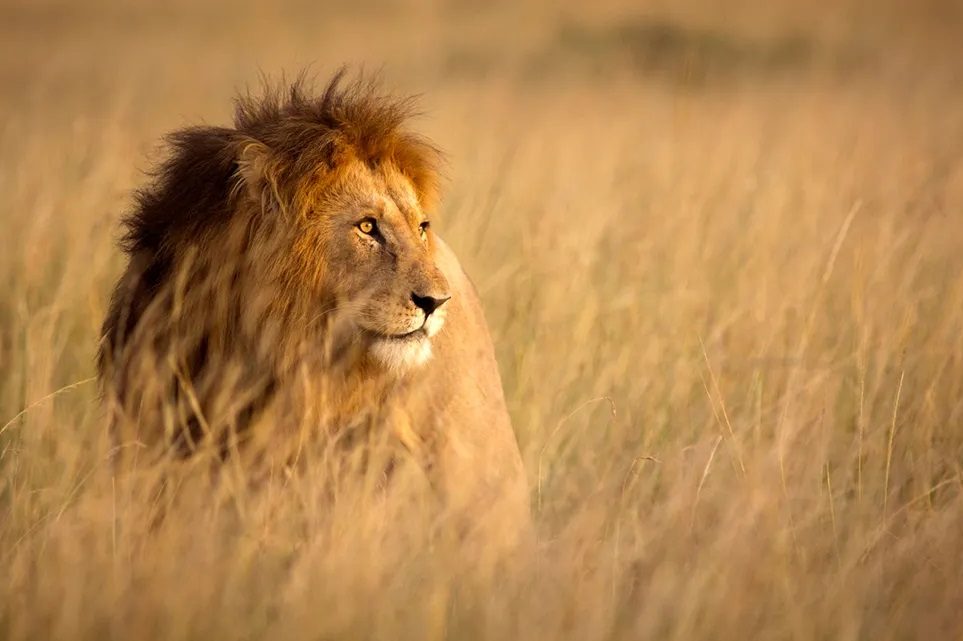
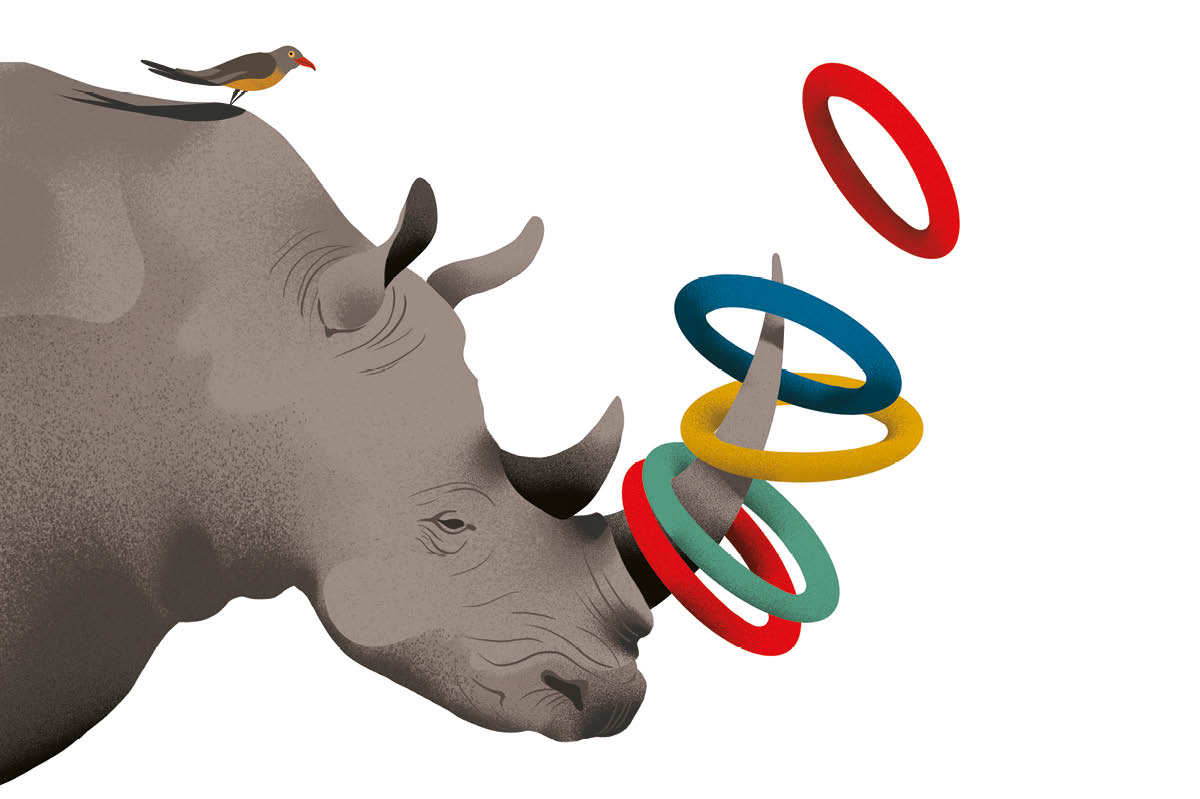
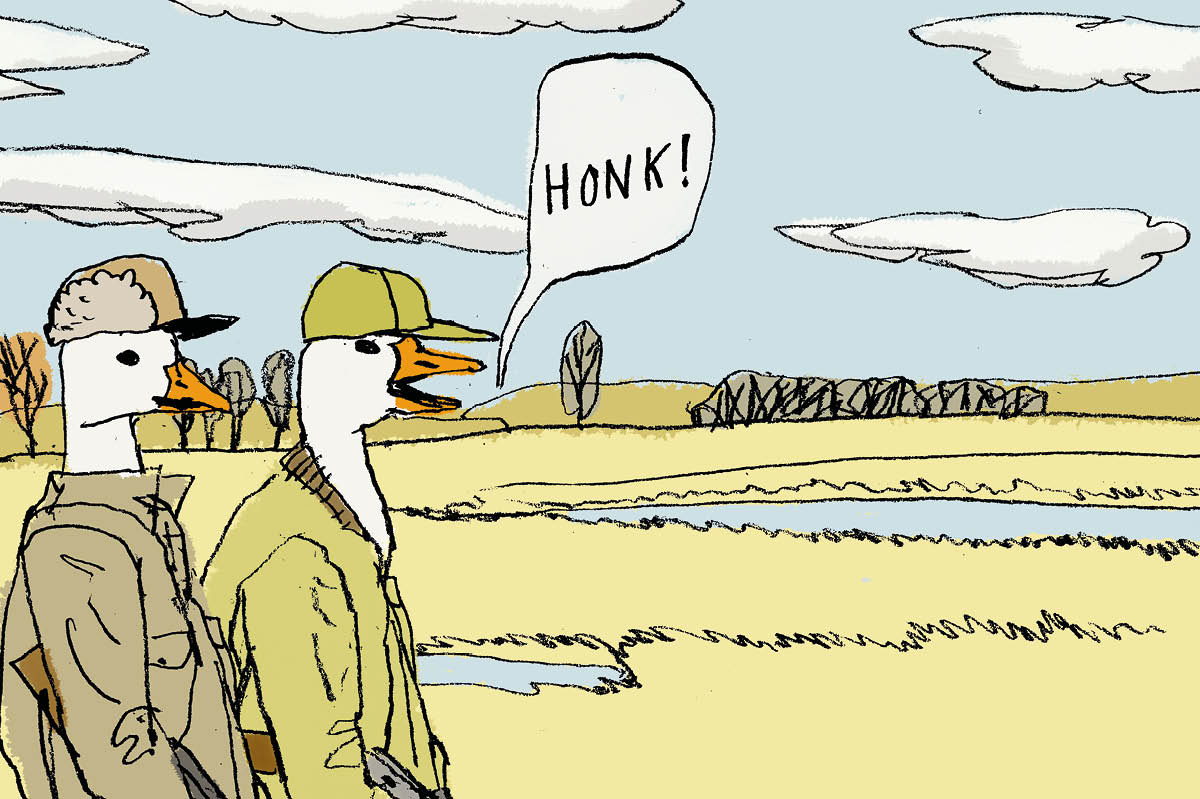





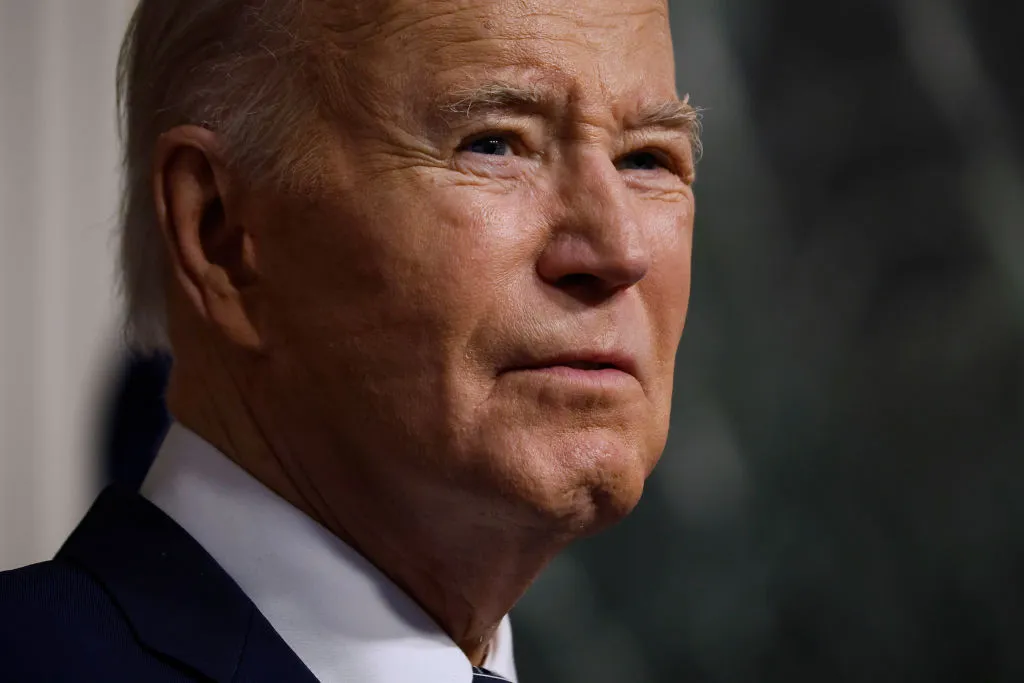

Leave a Reply